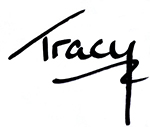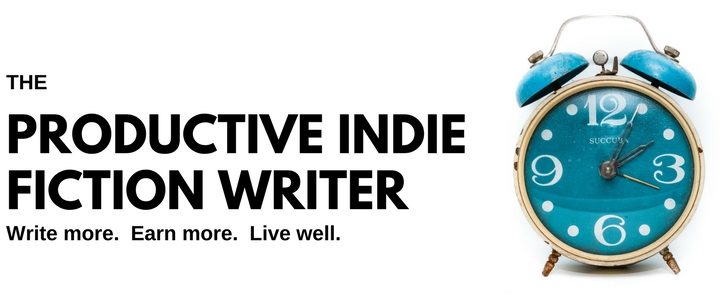And Now…AI Artwork.
What Does This Mean For Indie Publishing?
Actually, for all graphic work, everywhere?

Earlier this month, Cosmopolitan released a digital issue of their magazine that included an AI-designed cover.
At the time of writing this, I could not find the issue for sale anywhere, but found multiple articles on the building of its cover, including Adweek’s report.
It’s more than a dancing bear.
The marvel is not that the bear dances well, but that the bear dances at all.
— Russian proverb
I’ve written about AI narration and AI written content, so it was a shock to see the Cosmopolitan cover in my newsfeed. It feels like the next domino.
However, unlike AI built content and audiobooks, the Cosmopolitan cover is good.

I’ve had to oversee the building of more than a few magazine covers as an editor and managing editor, and I can tell you the process is not easy. There are a dozen moving parts that have to be taken into consideration, including any themes for the issue, the subtitles and slug lines, who gets mentioned on the cover, and the part I hated; how to deal with publisher demands for advertisers to be represented.
Cosmopolitan didn’t have to worry about advertisers for this issue – the cover itself drives all the PR and word-of-mouth they could desire.
But let’s get into why the cover is good.
The concept is clever.
It nails the theme of the issue almost perfectly. It’s a futuristic setting, with a colour theme that will pop on the newsstands. The hidden face makes you wonder who – or what — is in the suit. Where are they going? They’re striding out confidently…into the future?
Plus, the figure is seen from a low perspective, making it taller than the observer. The helmet pulls the eye upward to the masthead (always desirable), while the striding boot pulls the eye down the length of the cover, letting you take in any slug lines (there’s only one for this one). The path your eye takes is designed, and you don’t find your gaze skittering all over the cover, trying to take in multiple story titles and slug lines screaming at you.
Finally, the figure is feminine, which fits with the audience for the magazine.
And done in 20 seconds? I sometimes took 20 hours to get the perfect cover…!
What does this mean for (indie) publishing?
One of the biggest costs indie authors have to bear is the cost of their cover. Pre-made covers can cost under $100, while sought-after cover artists can charge thousands.
Plus, cover artists can take weeks to deliver a final cover.
An AI making book covers would cut through all of that, in the same way AI narration has just removed the thousands of dollars and weeks of production surrounding audiobooks.
But AI novel covers won’t arrive tomorrow.
The AI that built Cosmopolitan’s cover, which was first called DALL-E Mini, but has since been renamed Craiyon, had to learn about magazine covers.
Any AI pointed toward novel cover design will have to immerse itself in novel covers, and learn what is good, what is bad, the nuances of genre and more. Although AI designers will have a platform to build upon—Craiyon’s base algorithms.
It will take time for AI covers to infiltrate indie publishing. How much time? That’s hard to predict. It might only be months away, given the fuss and wonder that Craiyon is creating. It might yet be years, while copyright and trademark issues are sorted out, and the technology becomes readily available.
But…AI designed covers will be a choice we can make as indie authors, sooner or later.

Write More, Faster Than Ever Before | Are You Prolific?
Editing Your Next Novel? Mark Posey offers fast, writer-friendly edits with zero drama. Check out services »
